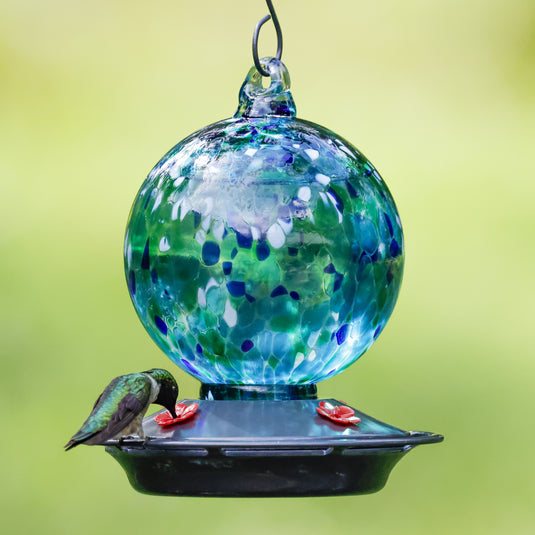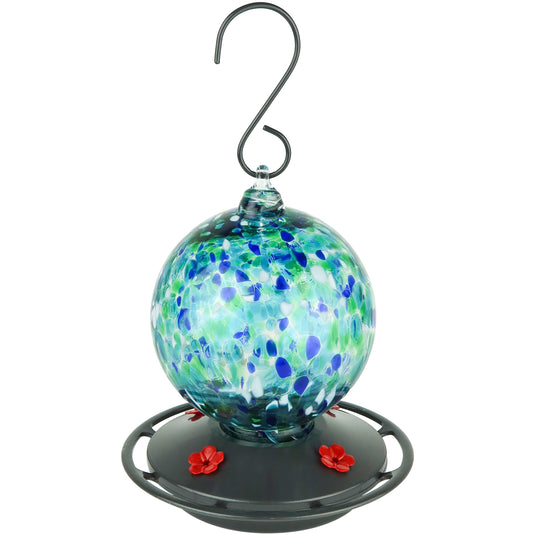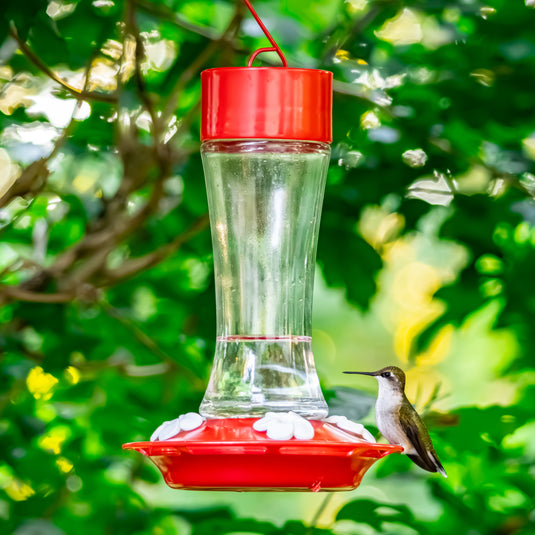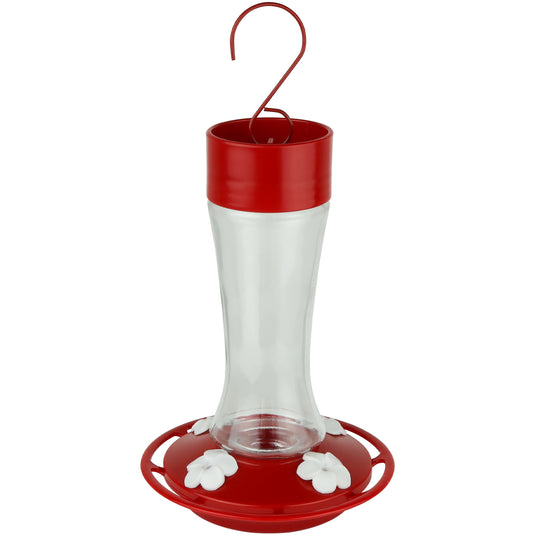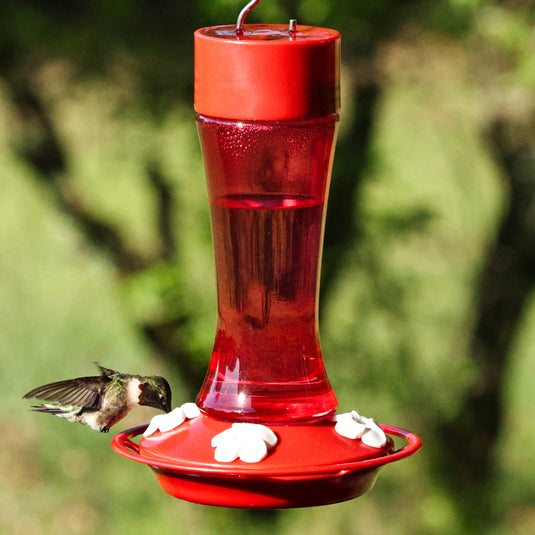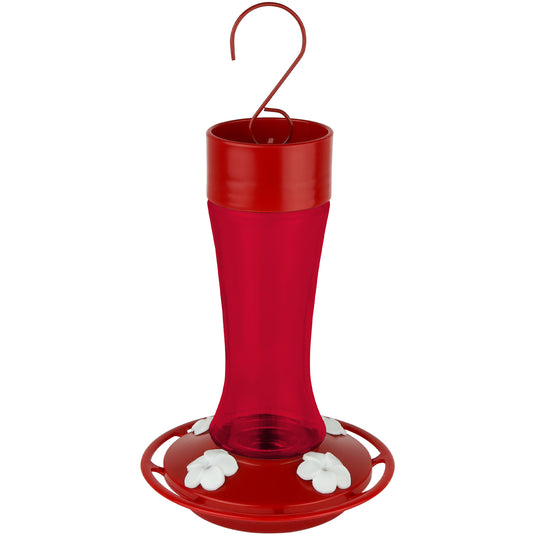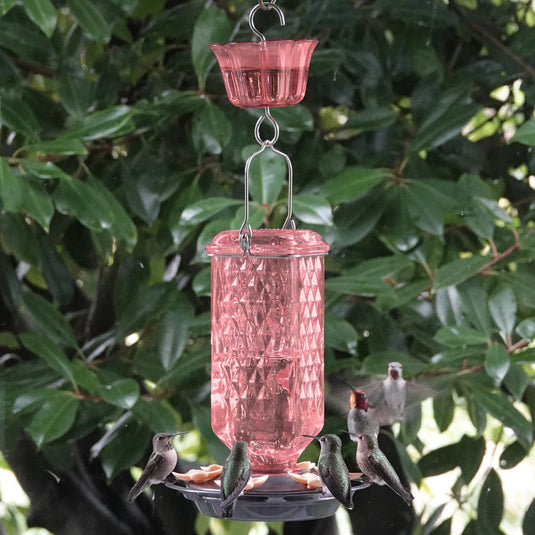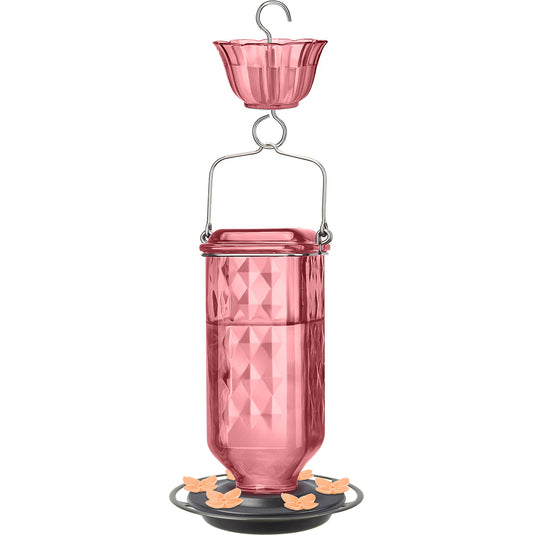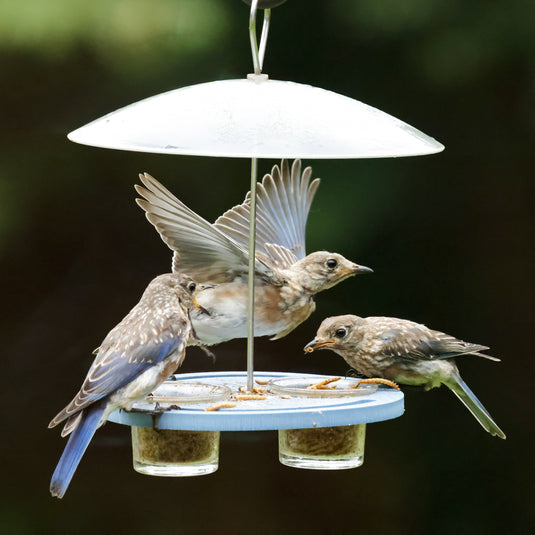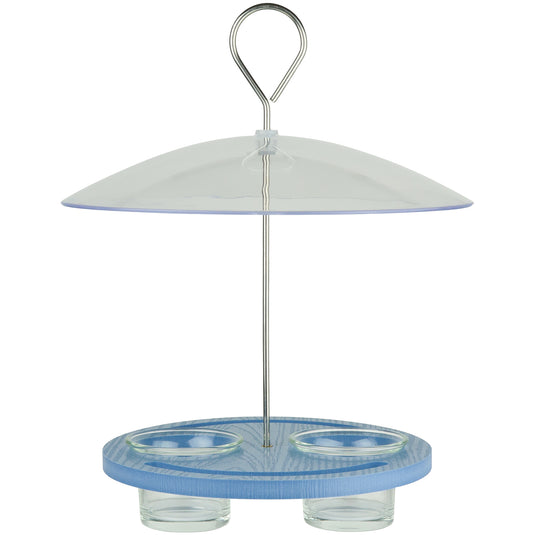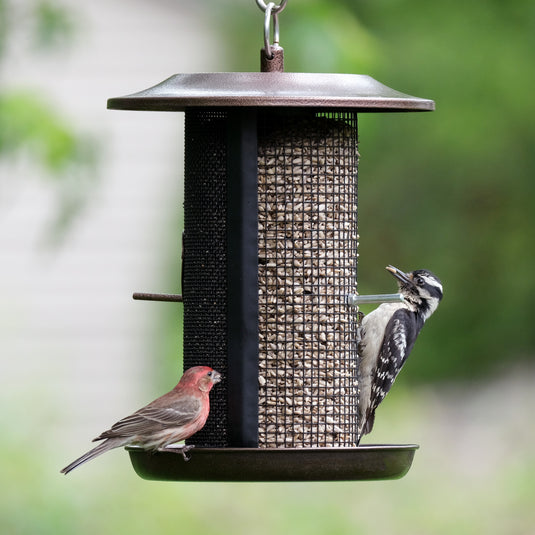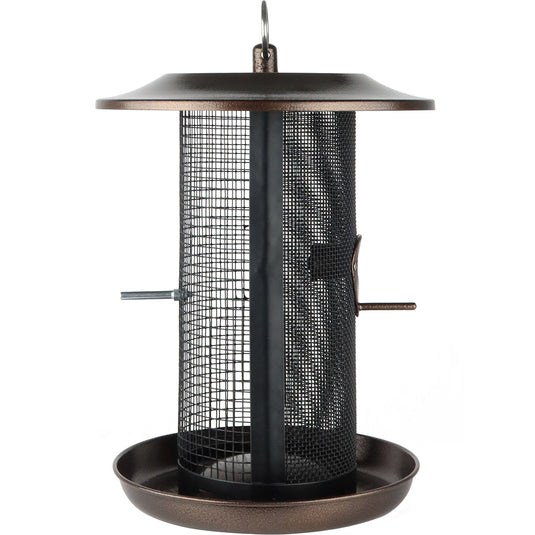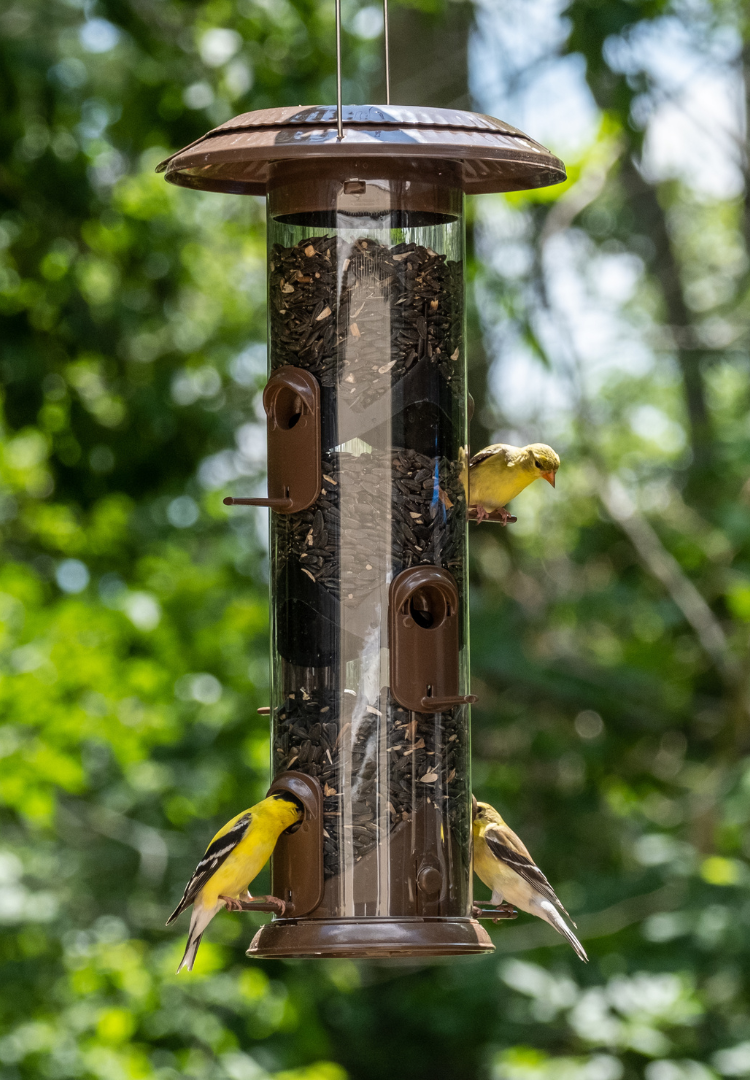Did you know that many songbirds migrate thousands of miles each year? These birds often make the journey during the cover of night. Doing so has several benefits. A large number of bird predators are most active during the day, therefore flying longer distances away from cover at this time makes smaller birds less vulnerable to predation. Skies are often less turbulent during the nighttime, which makes for easier flight with less resistance and energy required for staying on course. Air temperatures are also typically cooler after the sun sets, which can also help endurance - think about running a marathon on a sweltering hot day versus a cool overcast day! Lastly, it's much easier to find food during the day. Birds that migrate during the night hours will then spend daylight hours packing in the calories to regain energy.
Even migrating at night, these long treks are still fraught with danger, and a number of birds do not make it. Unfortunately, humans have also added another threat to migratory birds: light pollution. Light pollution is the brightening of the night sky due to artificial causes such as building and street lights.

Why is light pollution bad for birds?:
- Light can disrupt a bird's circadian rhythm (the day/night cycle) and they become confused about song production, call behavior, and movement patterns.
- Artificial Light at Night, also known as ALAN, disorients the birds during migration.
- Bright lights at night attract birds which lead to fatal collisions with buildings.
- Some species that are attracted or disoriented by ALAN make 'light-induced landings' where collisions with the ground can prove fatal or, at a minimum, stun them enough to make them vulnerable to predators.

How can we reduce light pollution?:
- Visit the FLAP (Fatal Light Awareness Program) website for tips and check out their Bird Safe suggestions for buildings.
- Does your city or state have a Lights Out Pledge? If not, can you start one? Check out examples from Portland and Ohio.
- Donate to the Audubon Society as they are committed to education and promoting dark skies. See their Lights Out page HERE.
- Talk, tweet, and post to help educate your friends, neighbors and family about this issue.
- Reduce or improve your outdoor lighting:
- Set an example by turning your outdoor lights off.
- Ensure your outdoor light fixtures are shielded so light shines and points down, not up (also known as downlighting).
- The International Dark Sky Association puts their seal on light-fixtures that meet their strict guidelines. Look for this symbol when making new lighting purchases:
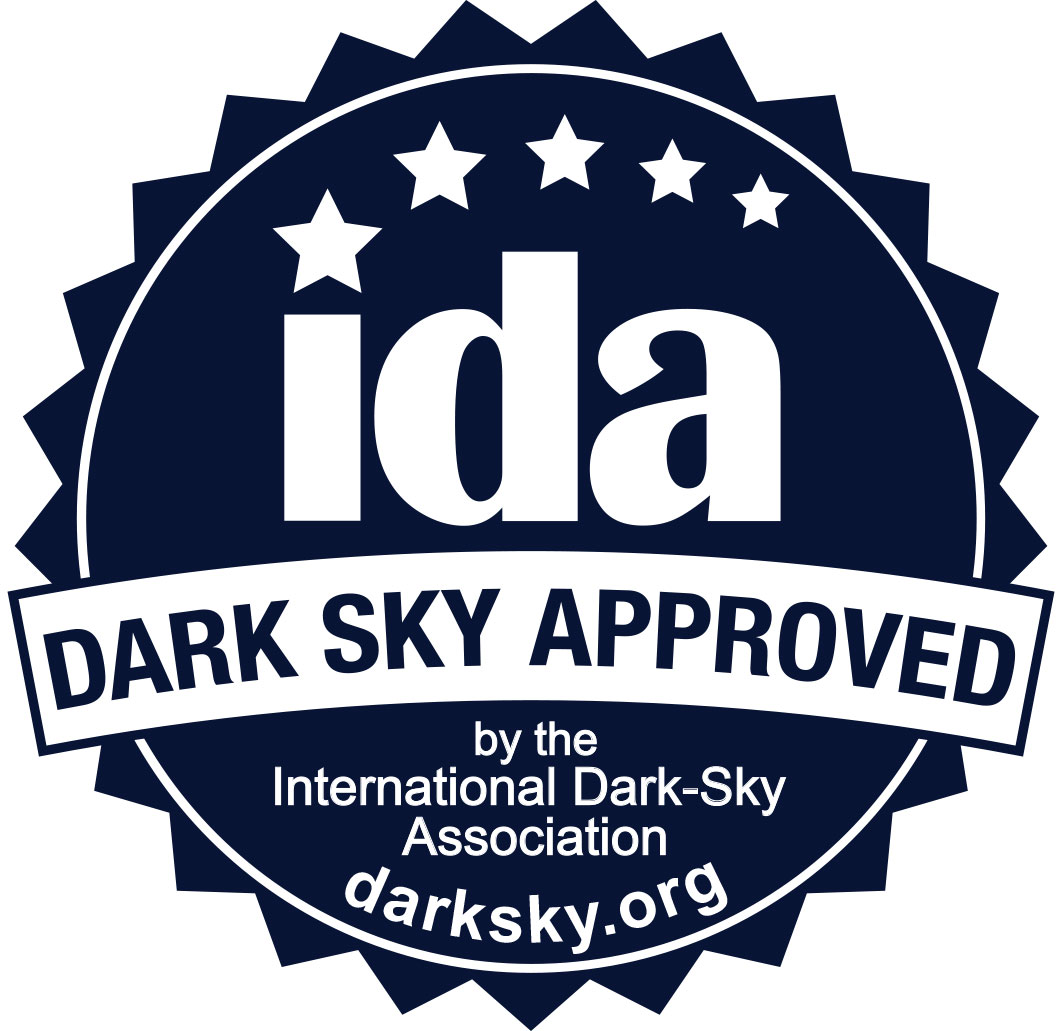
Keep your feeders filled and clean!:
Remember that an important part of a migrating bird's activity during the day is packing in those calories? What better way to help, and to get a glimpse of these visitors, than by keeping your feeders filled? We recommend feeding black oil sunflower seed and suet since these are more readily-eaten feeds for a large number of birds, provide a high level of quick nutrients and energy, and are fairly easy to feed in a wide variety of feeder types. A large capacity feeder such as our 6 QT Hopper Feeder with Suet Cages is a great option for feeding both seed and suet and ensuring the feeder stays full without having to make frequent trips outside to refill. Our Hanging Platform Feeder is another great feeder option for this time of year. Its open design ensures migratory birds of all sizes have adequate space to feed, while also giving you the best visibility to enjoy these "out-of-towners".
Unfortunately, a larger number of birds at your feeders can result in them getting dirty faster and, with a large number of migratory birds passing through, can expose your everyday backyard flock to parasites and disease. Make sure that whichever feeder you choose to put out can be easily cleaned, and we encourage at least a quick scrub if not a more thorough cleaning between each filling during both Spring and Fall migration.
Keep up to date on bird activity:
Lastly, tune in to BirdCast for their live migration maps and forecast maps produced in part by the Cornell University Lab of Ornithology. These maps can be a great tool in identifying key dates where it will be especially important to keep the lights off in your area.

As always, happy birding!








